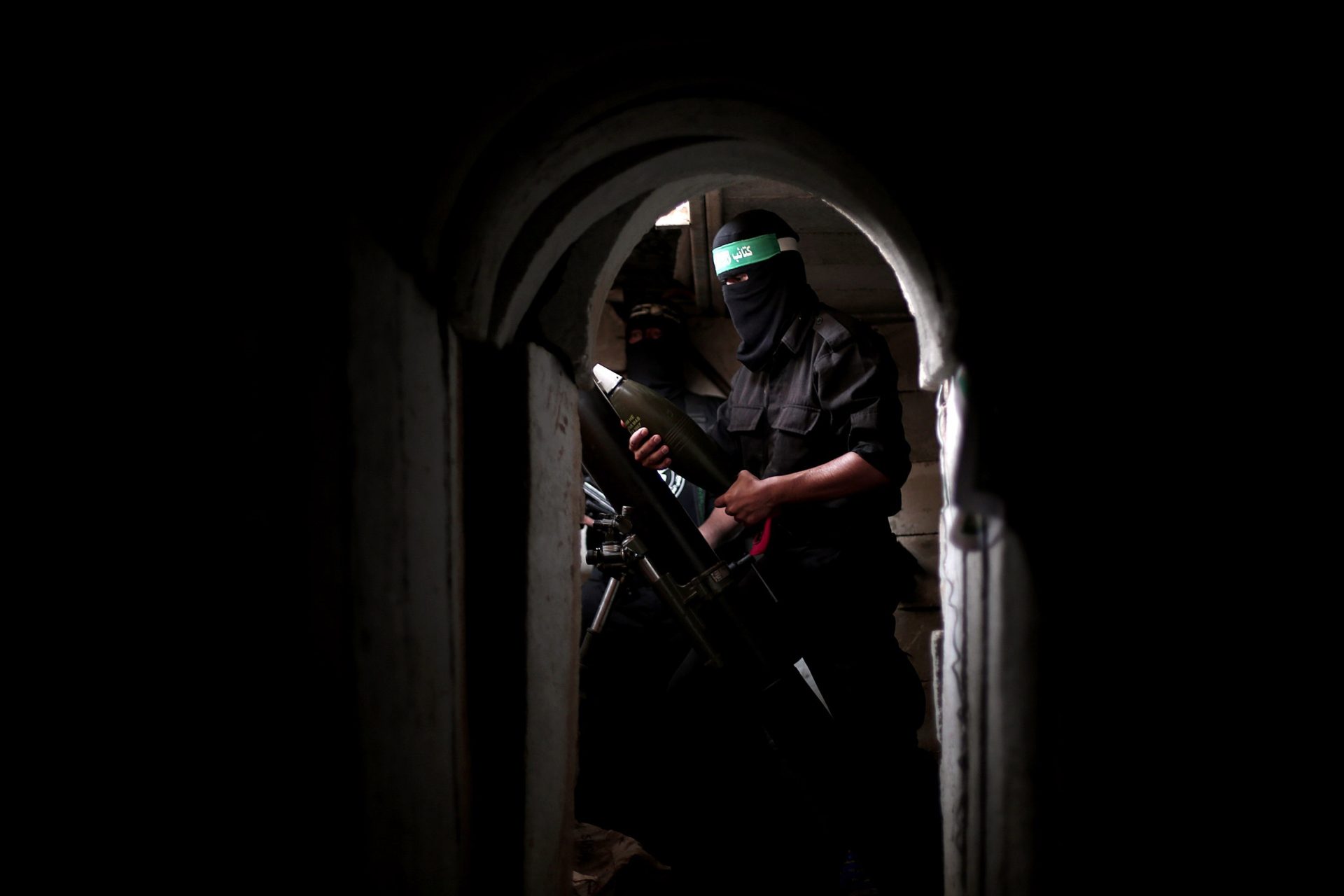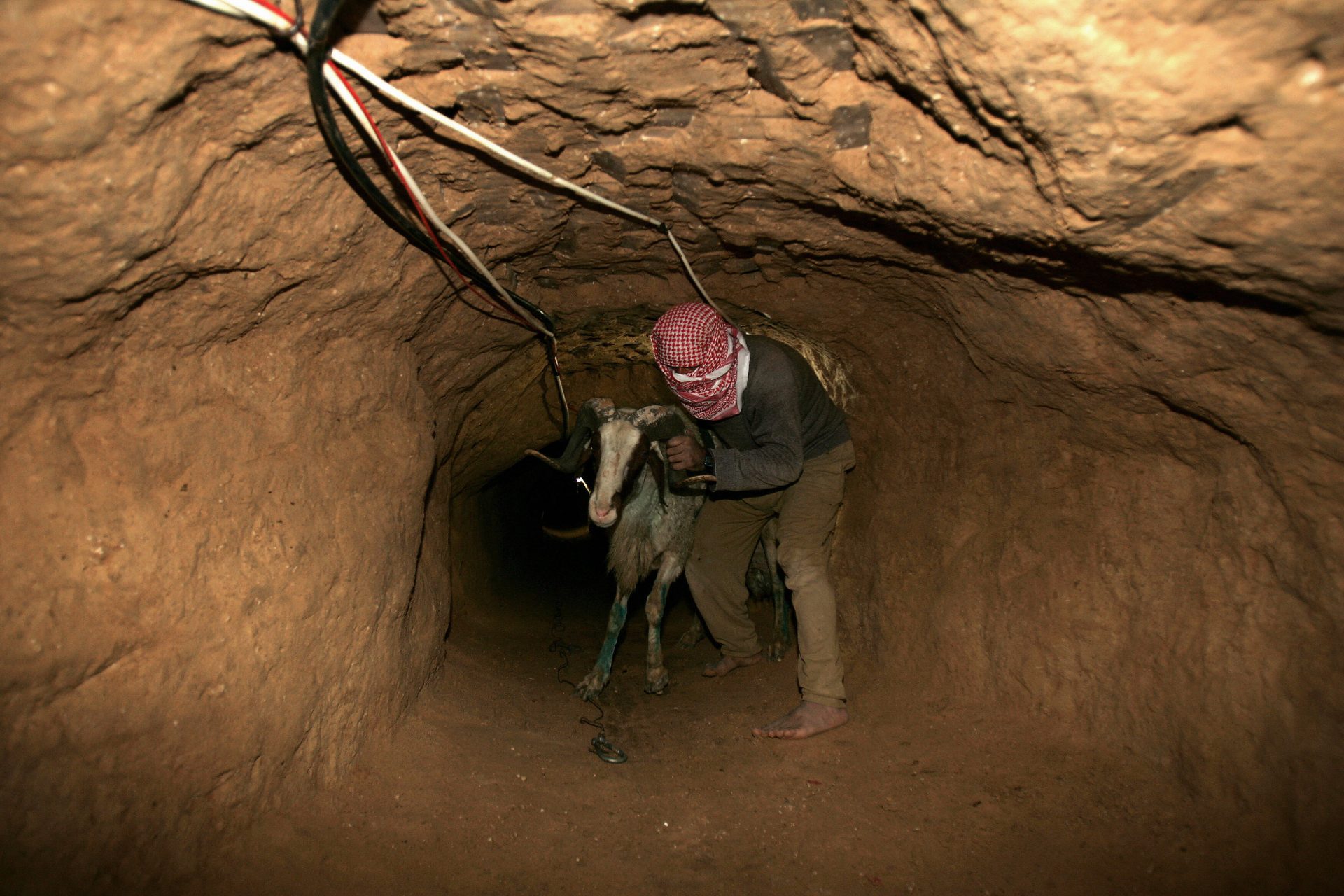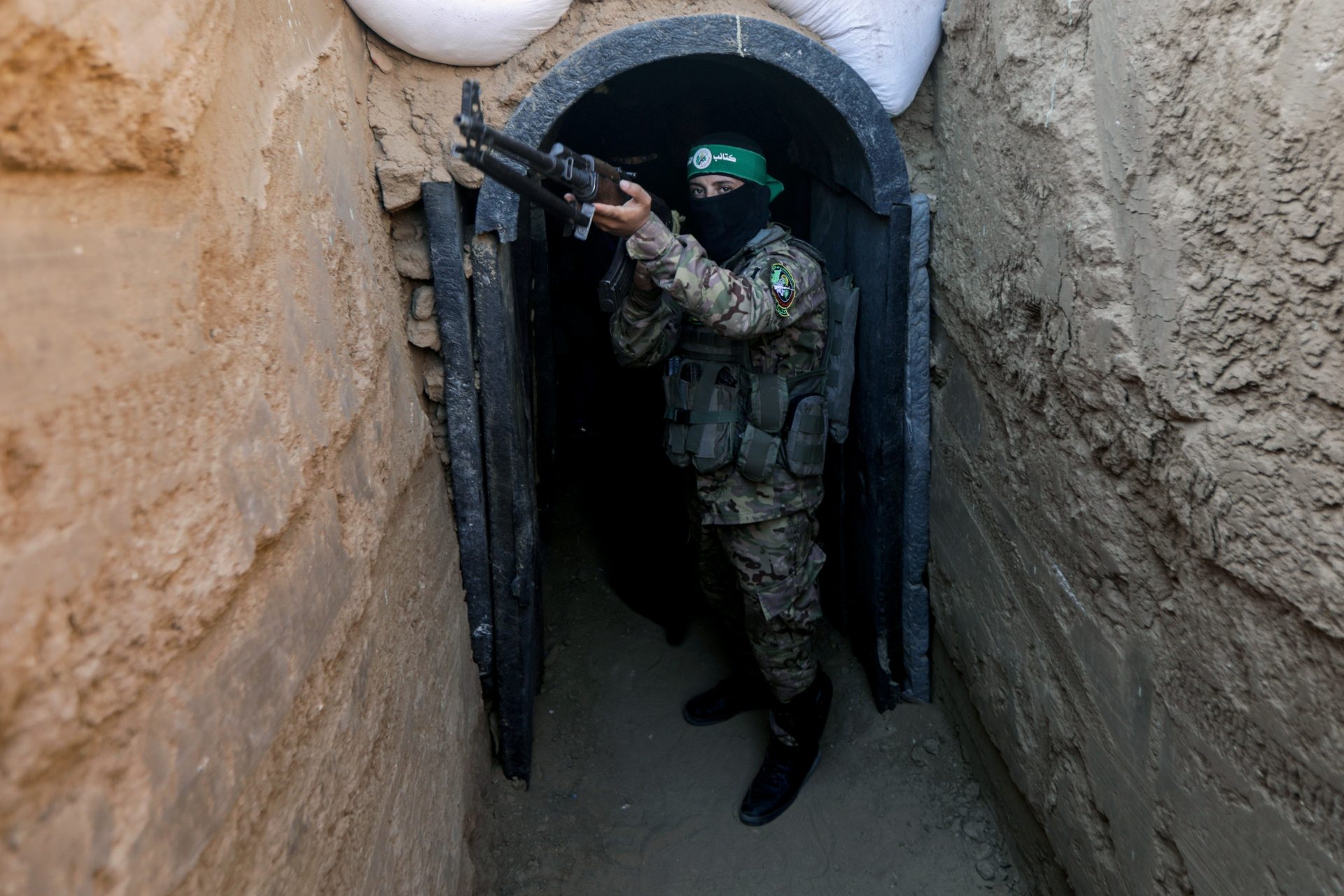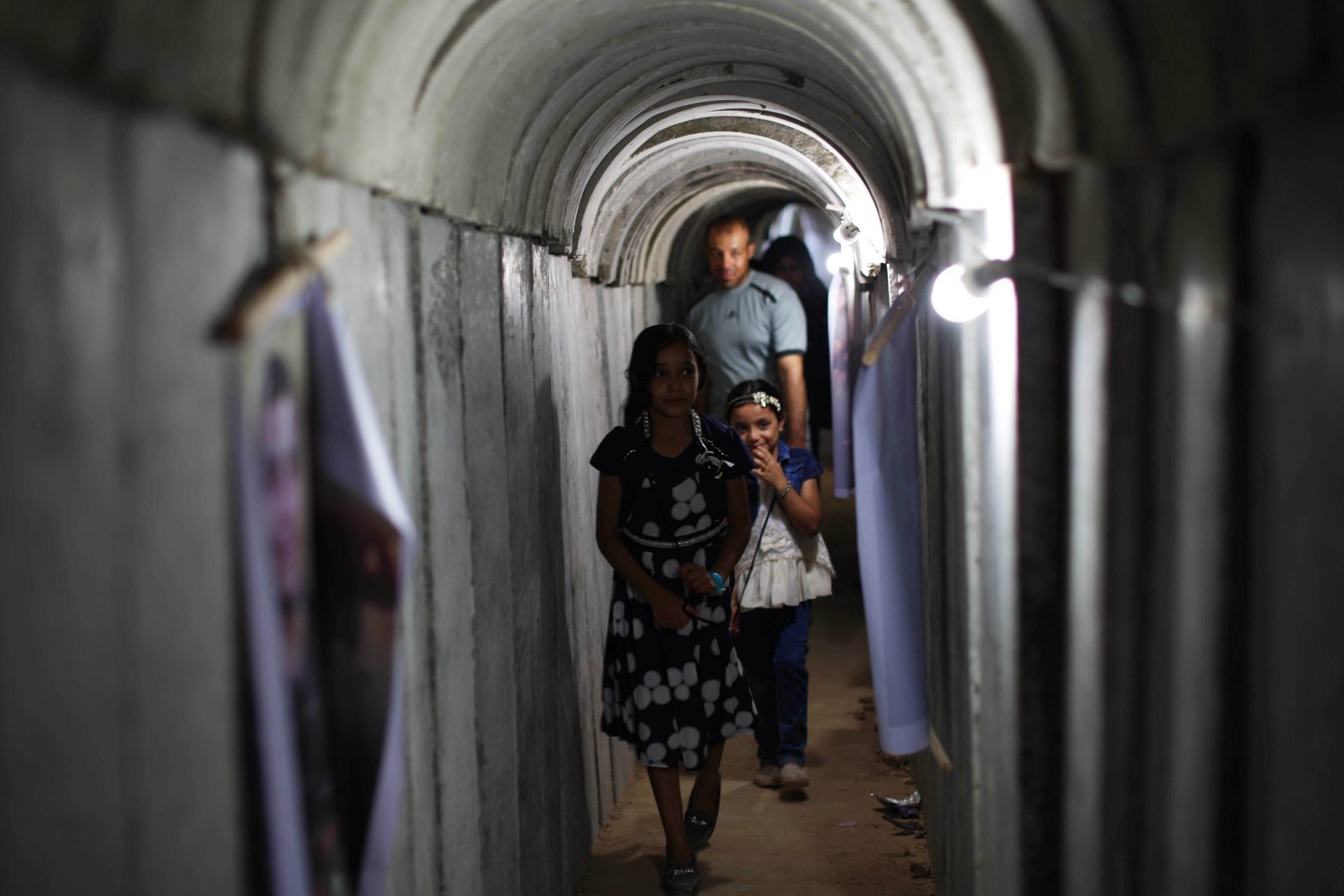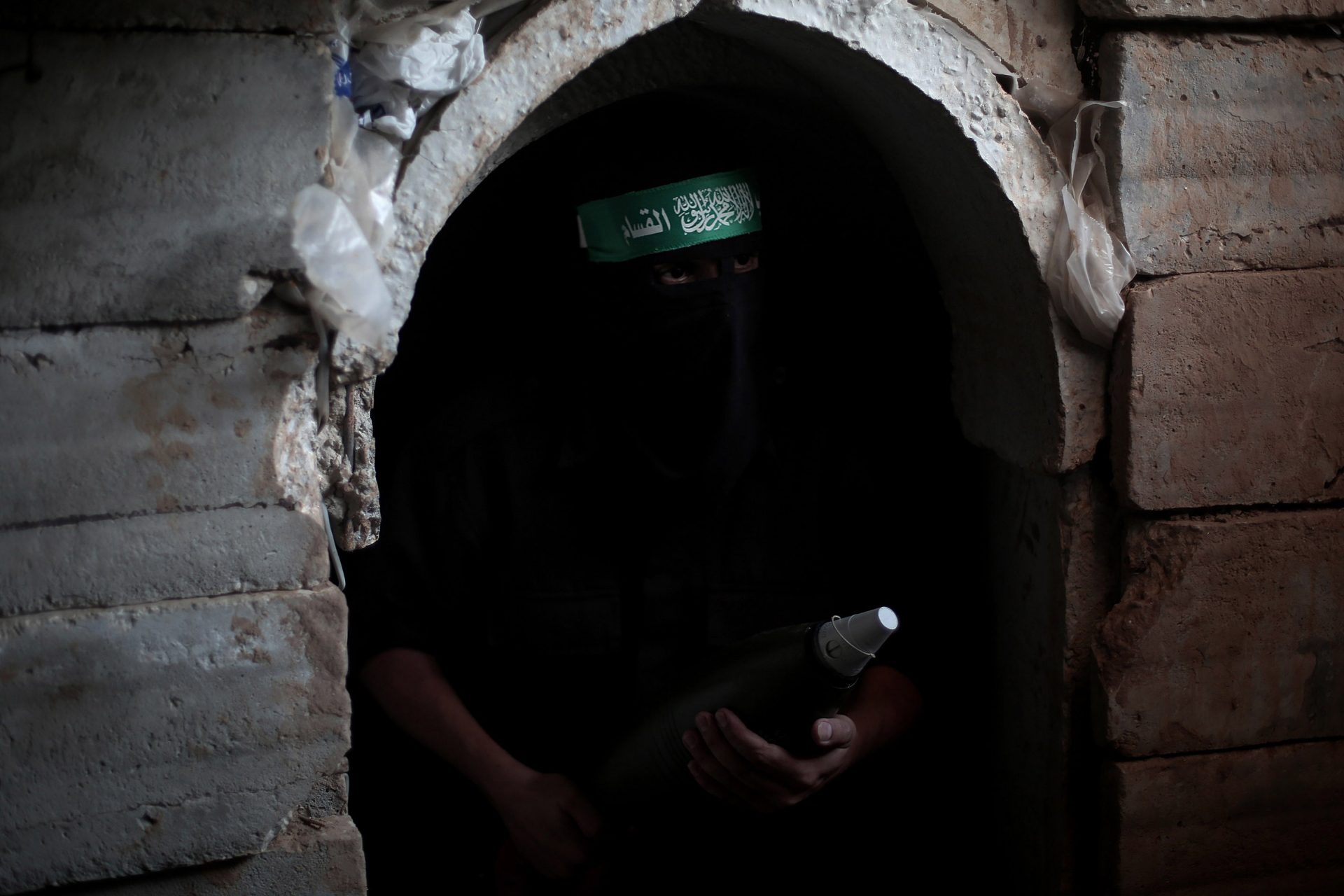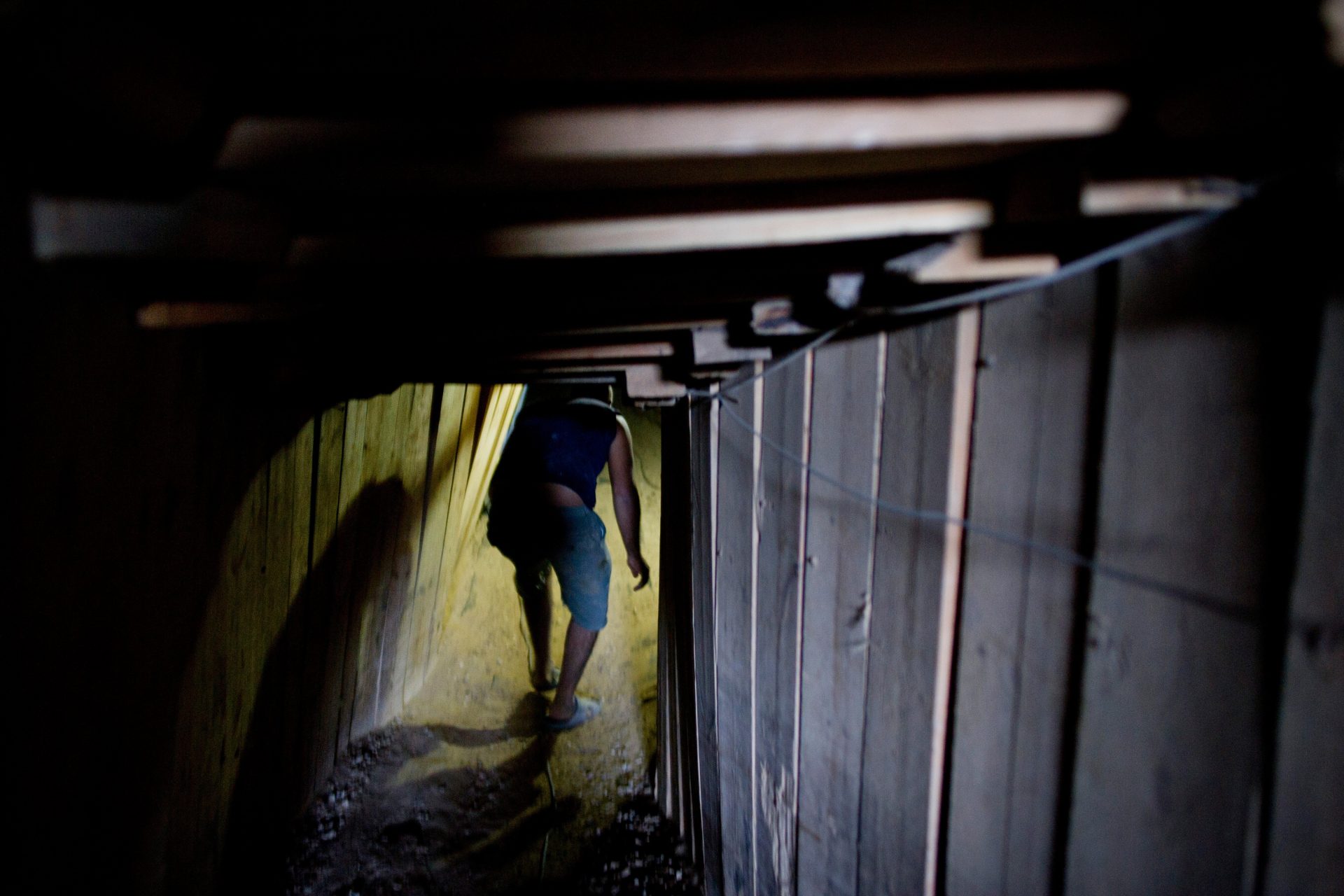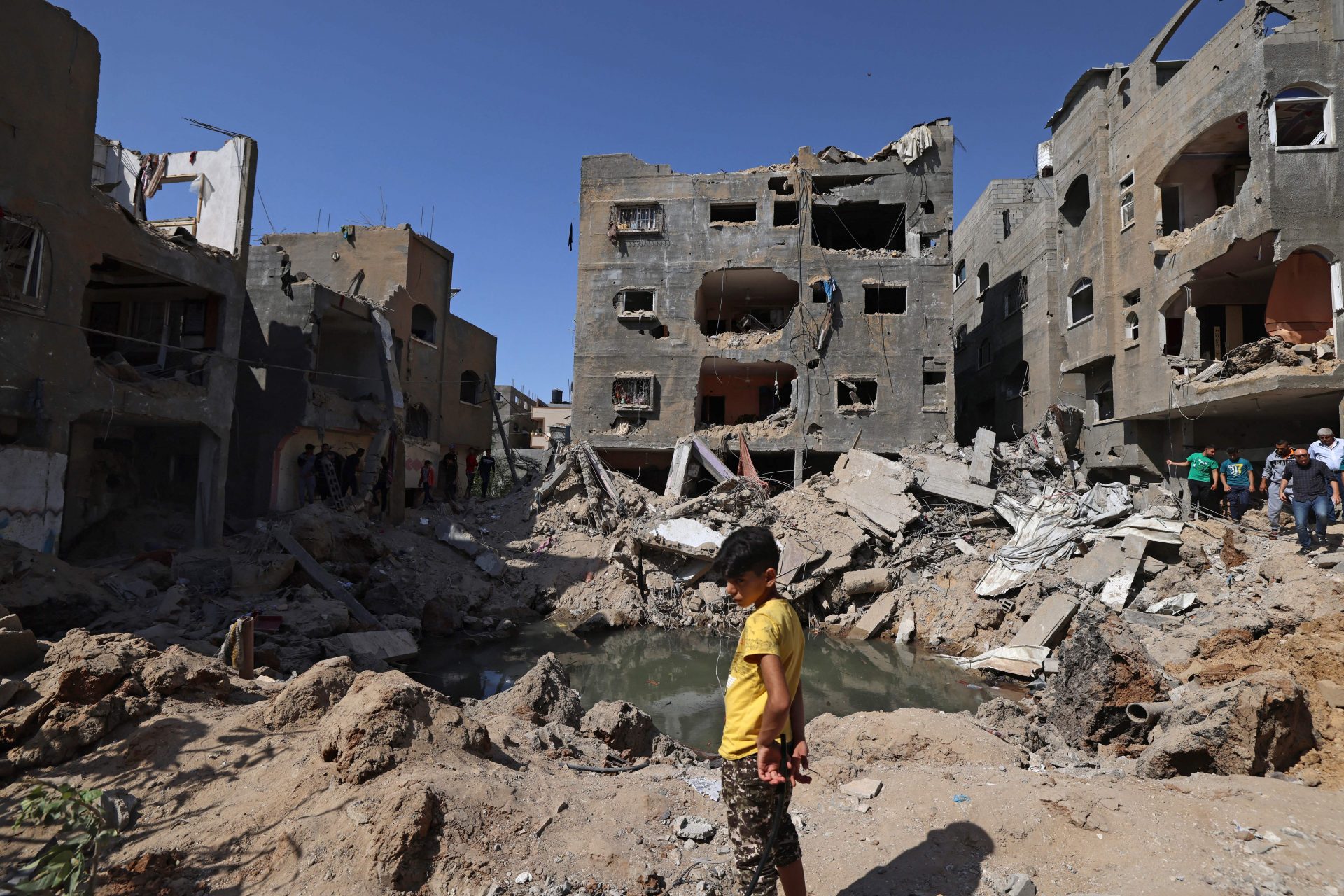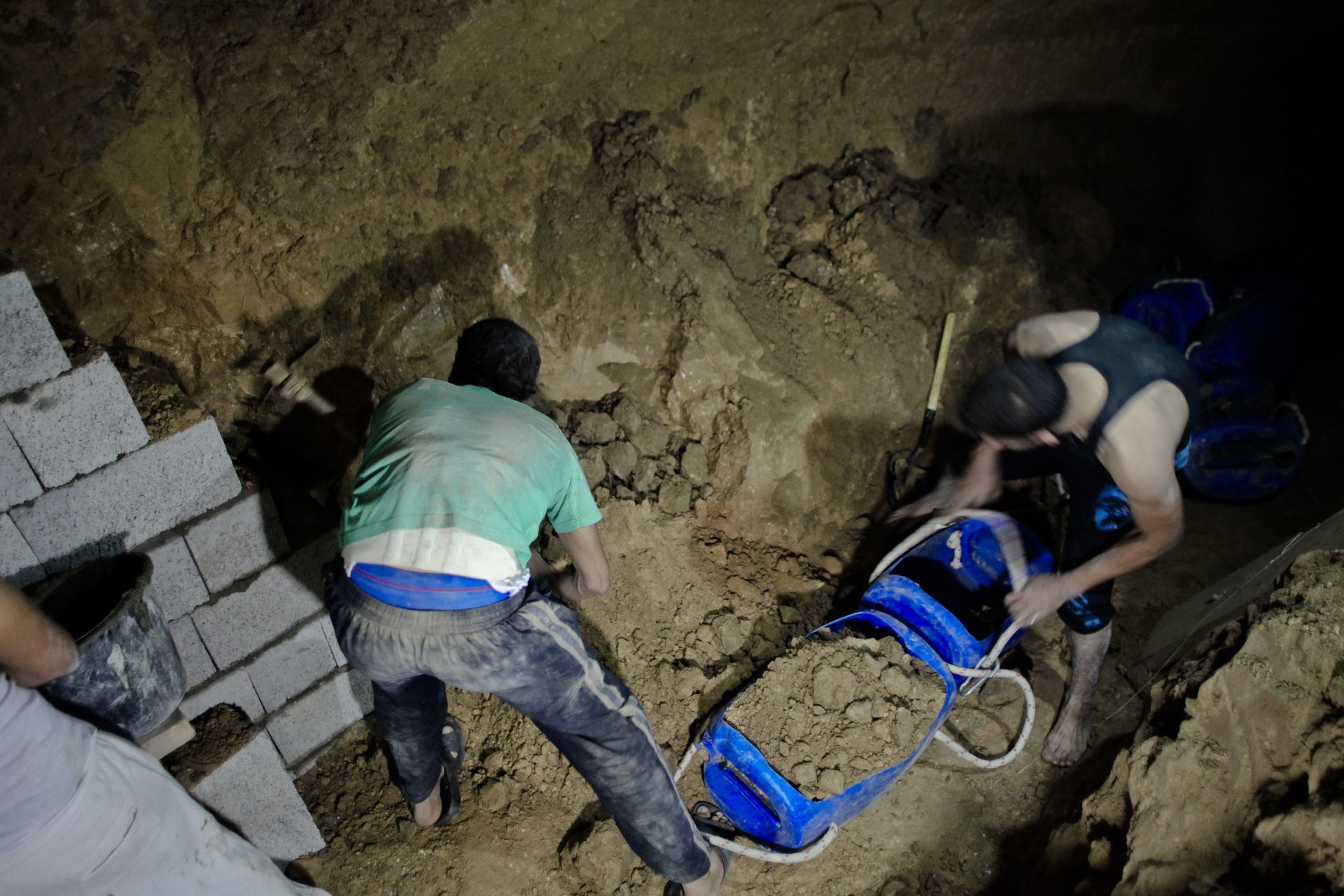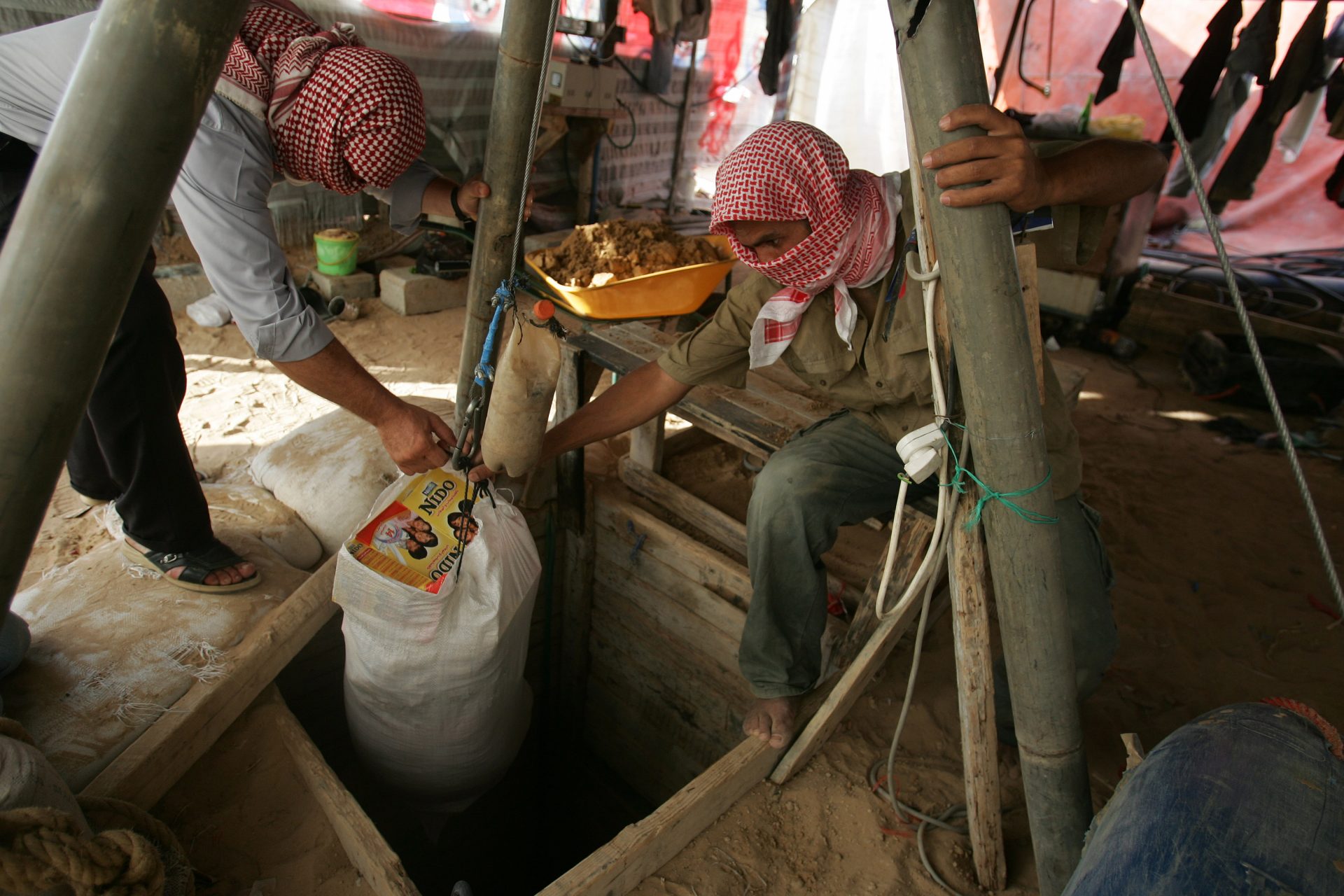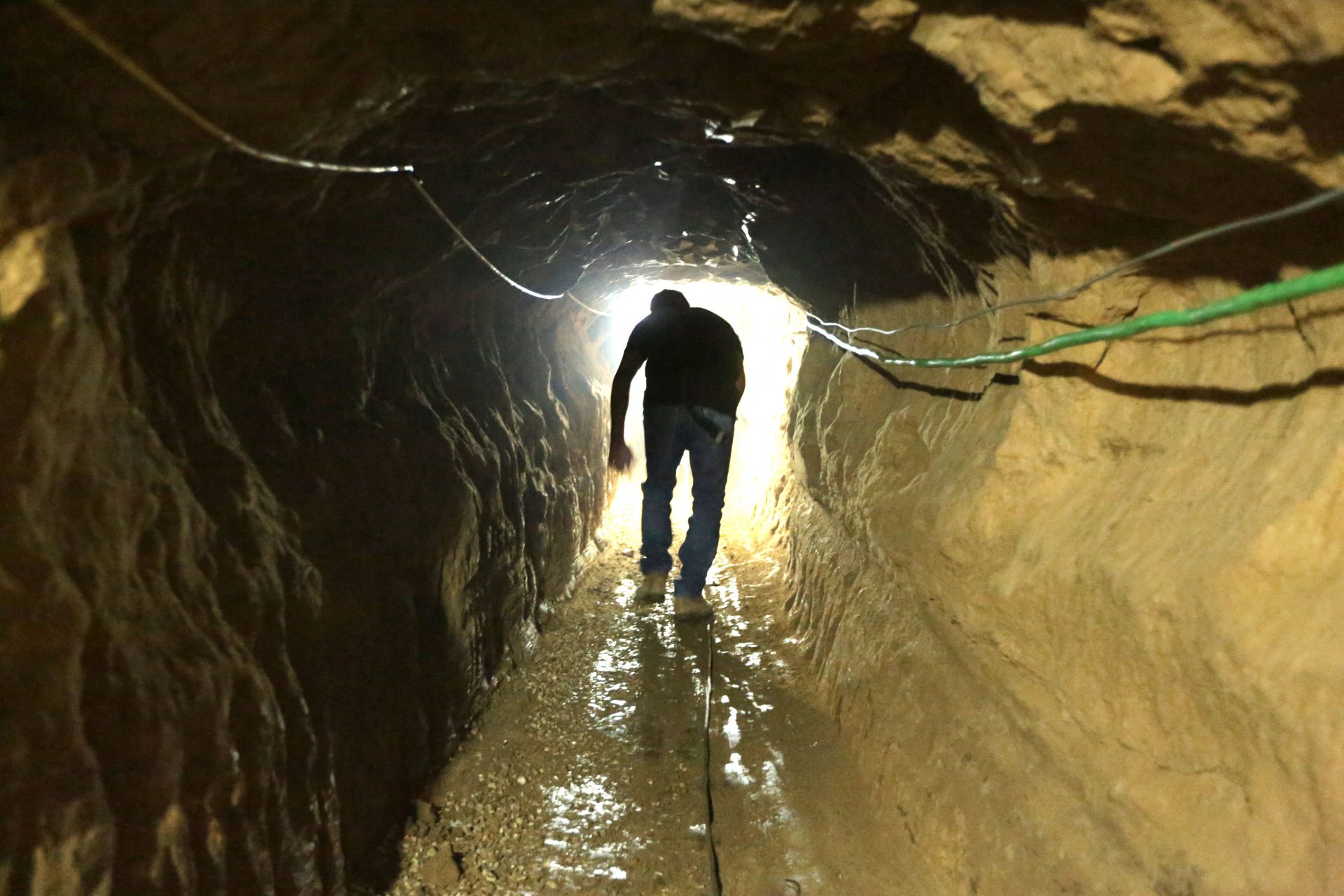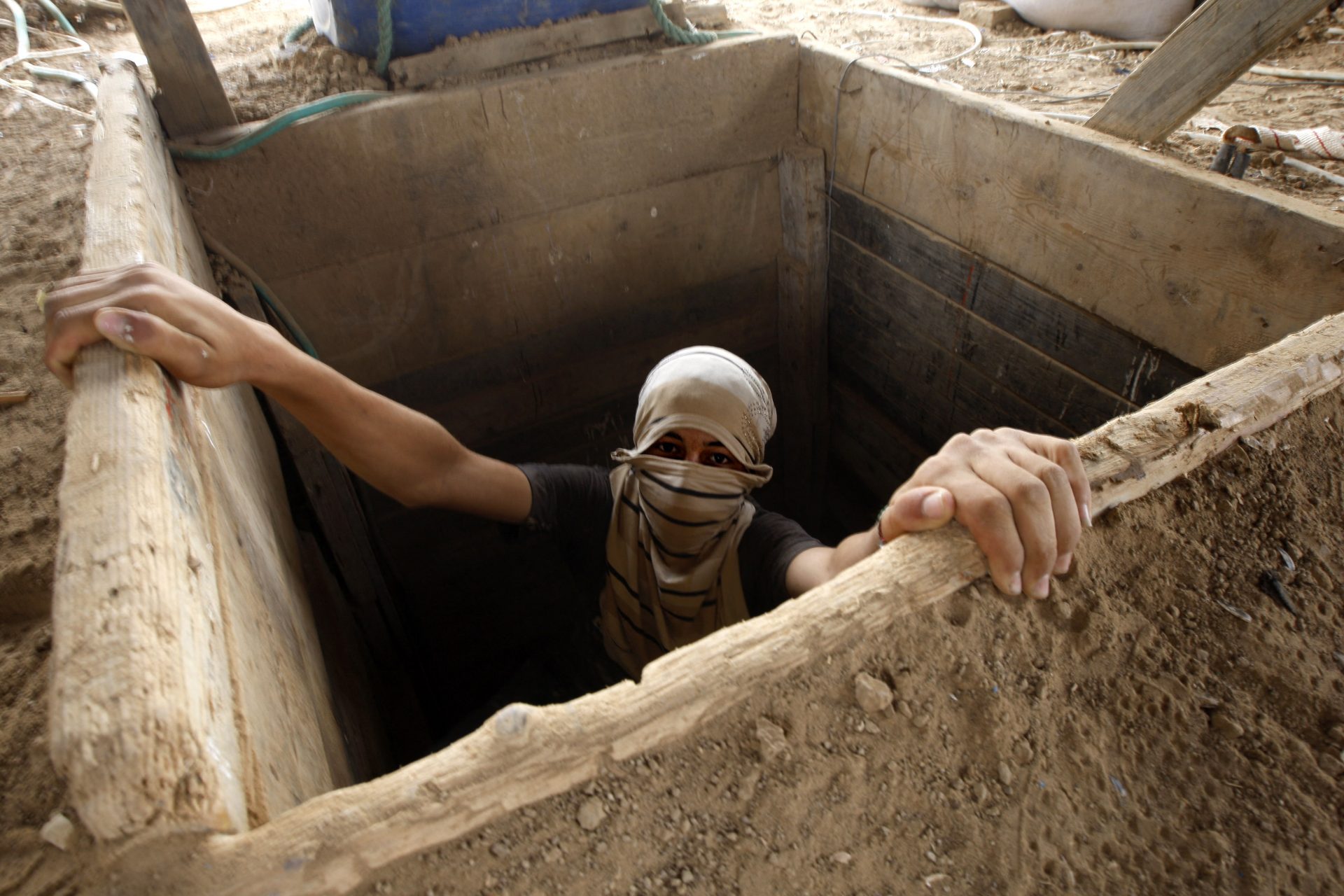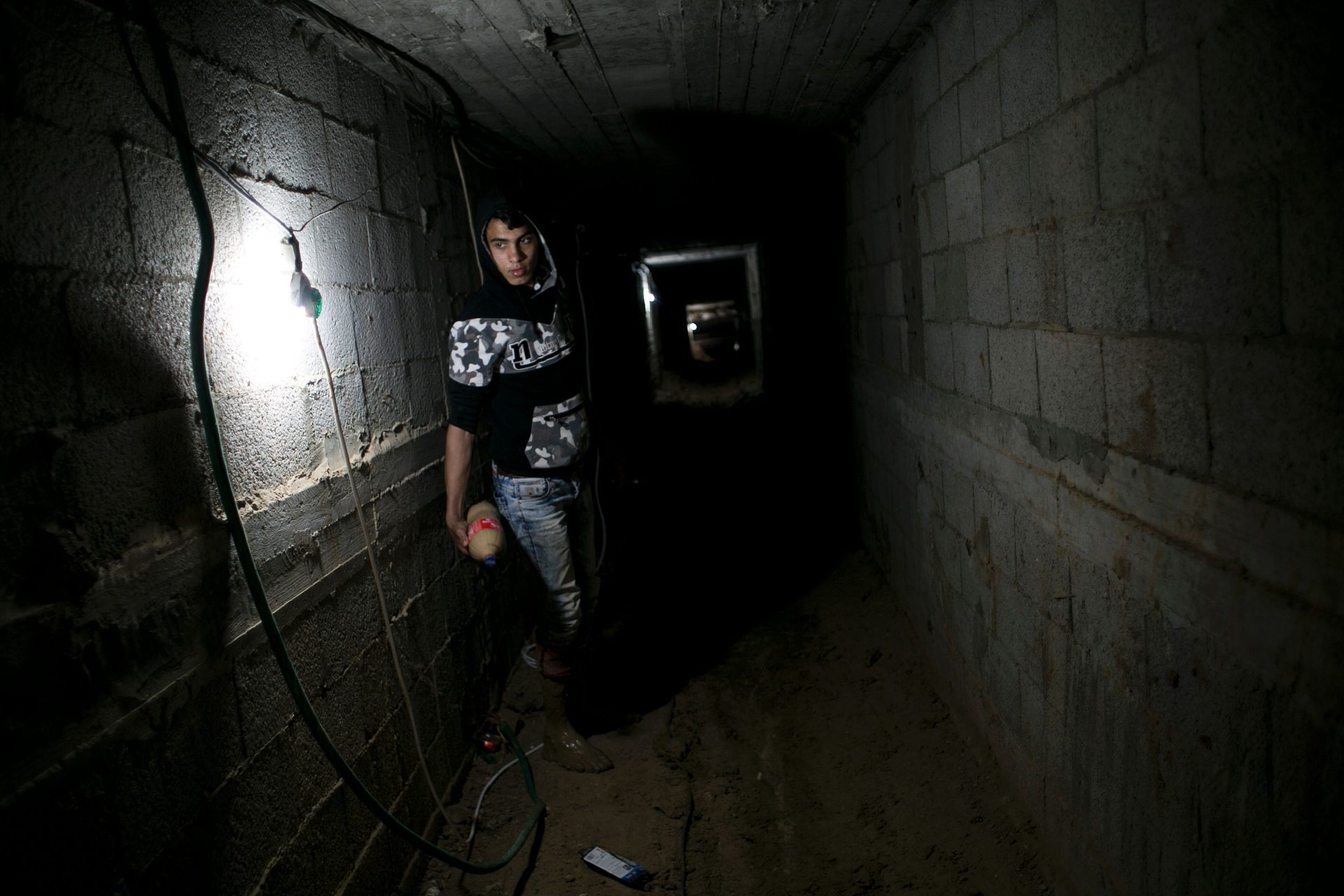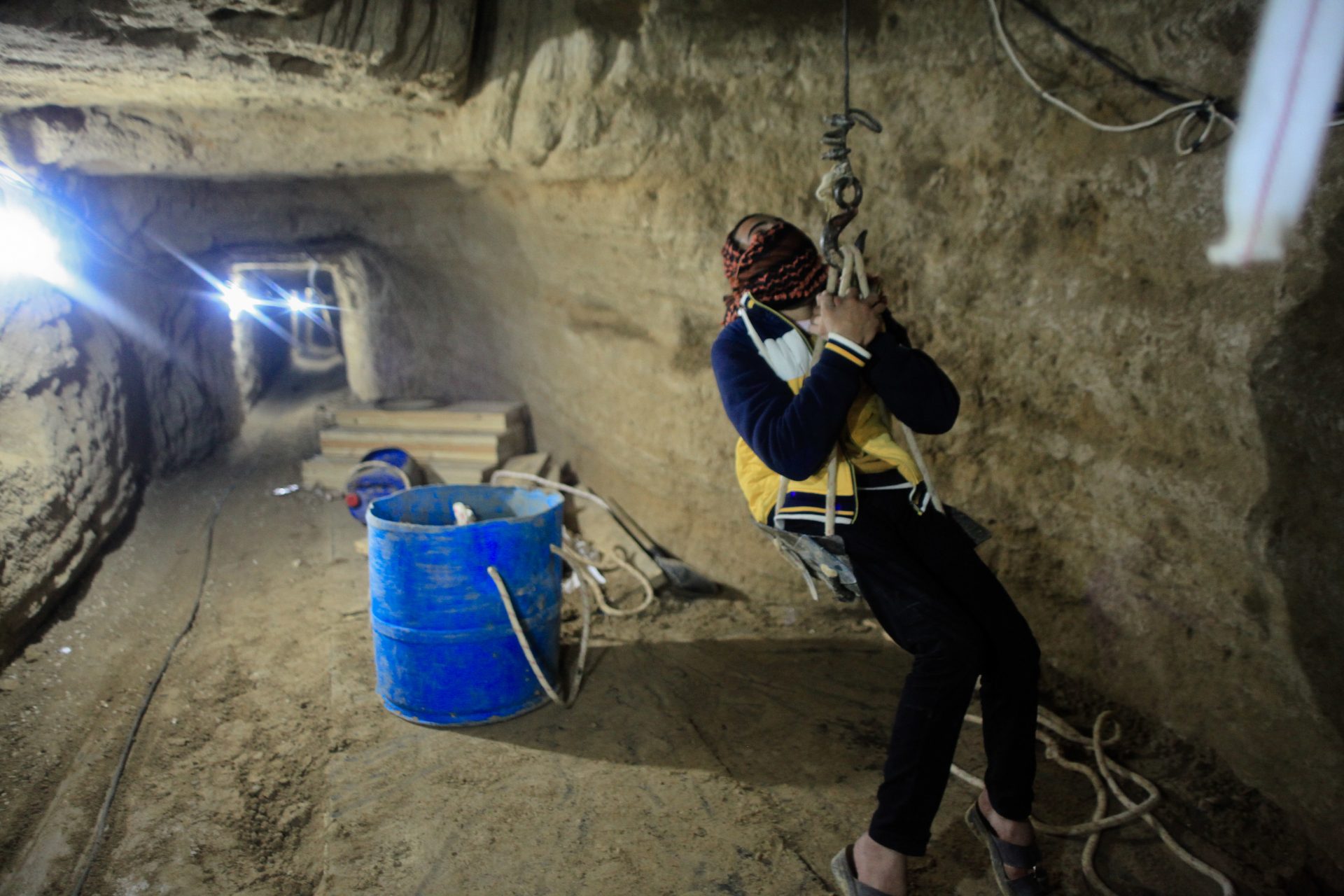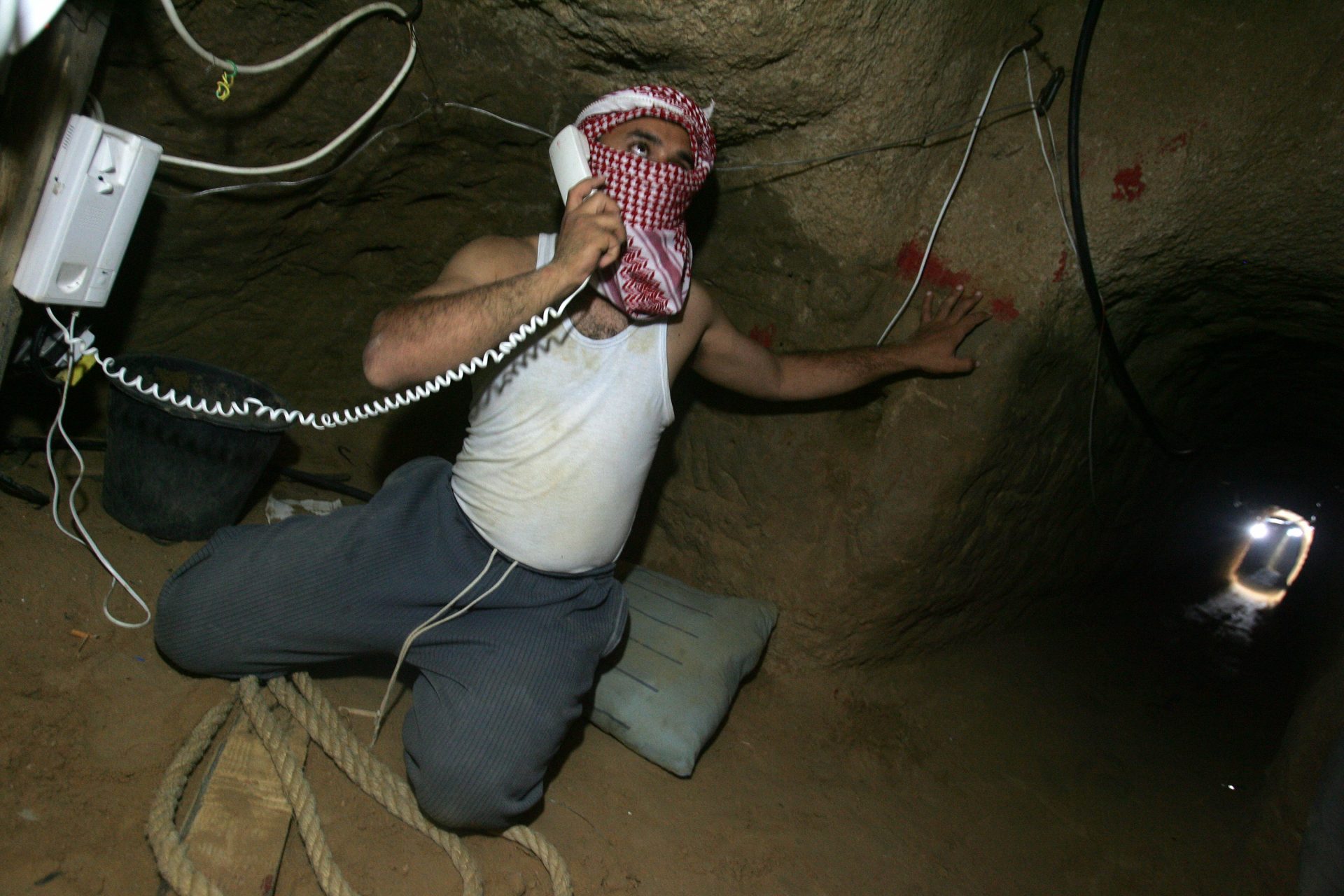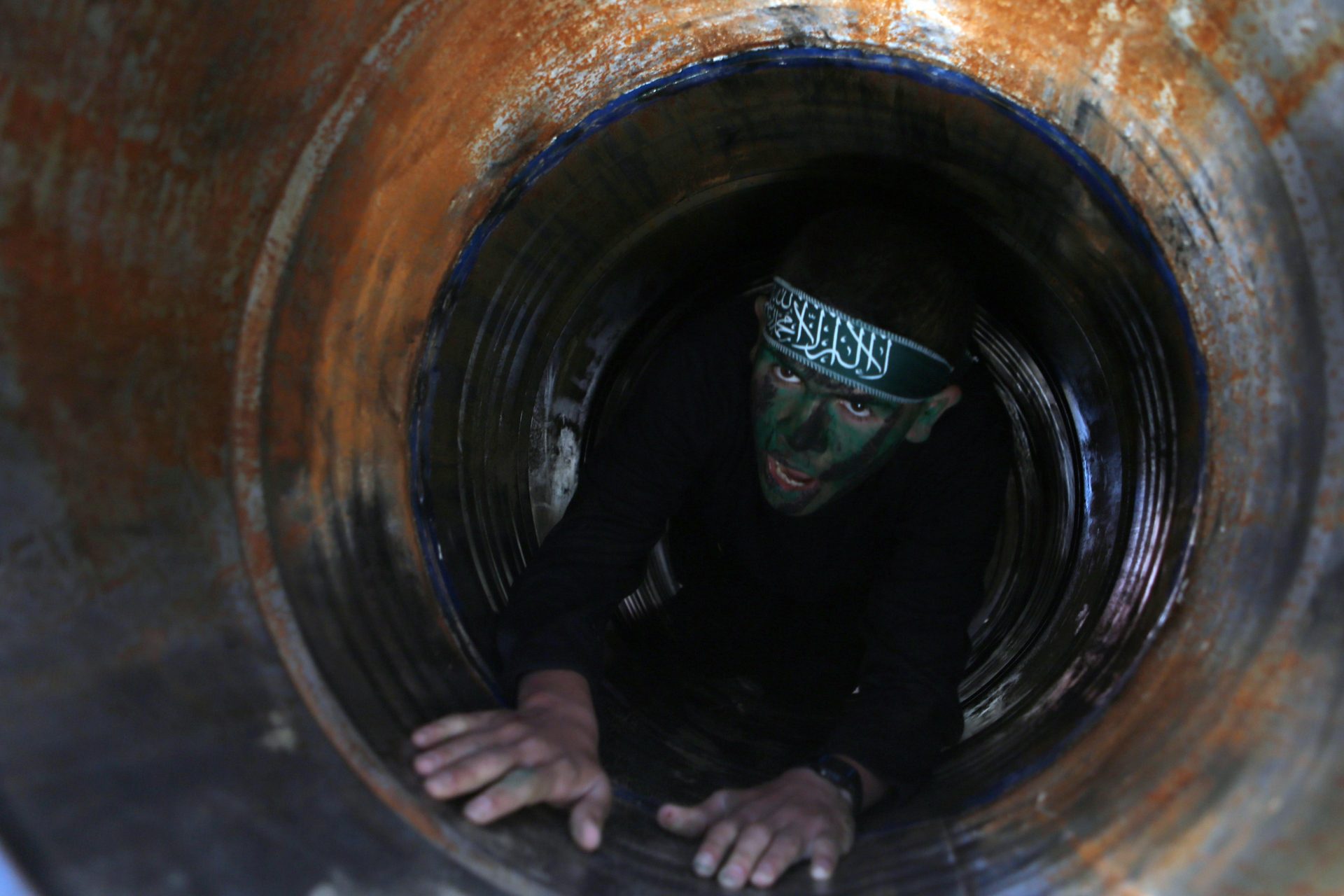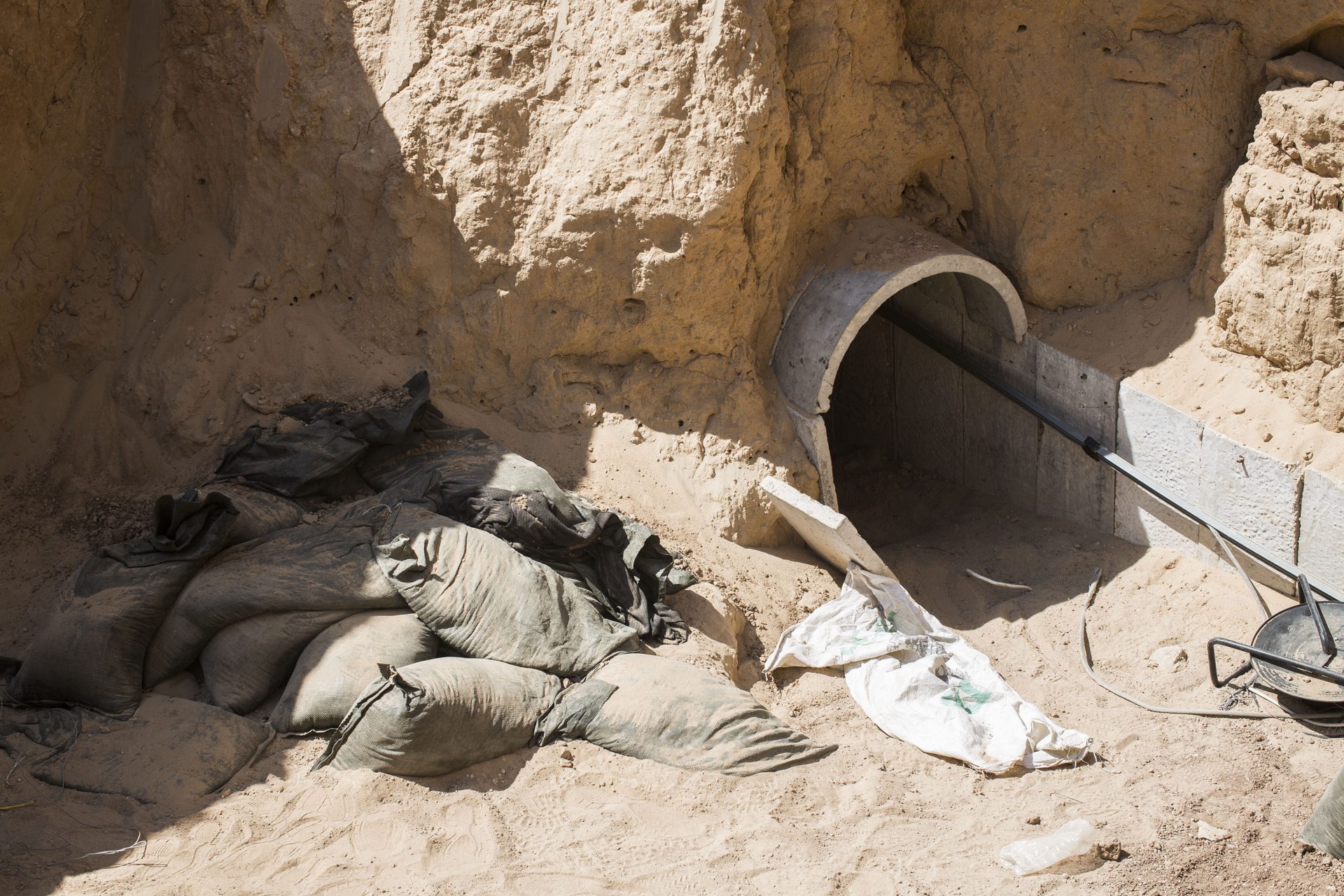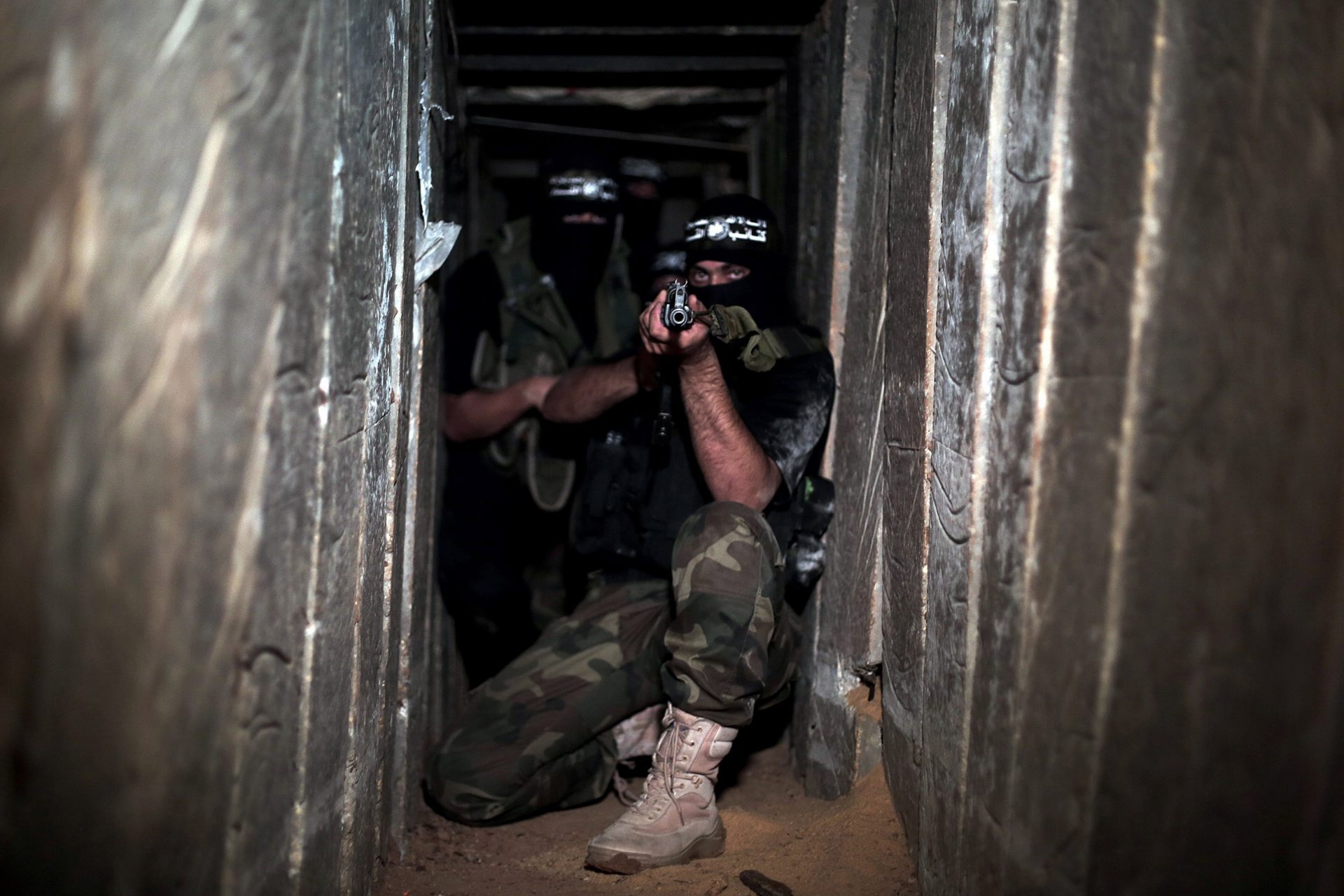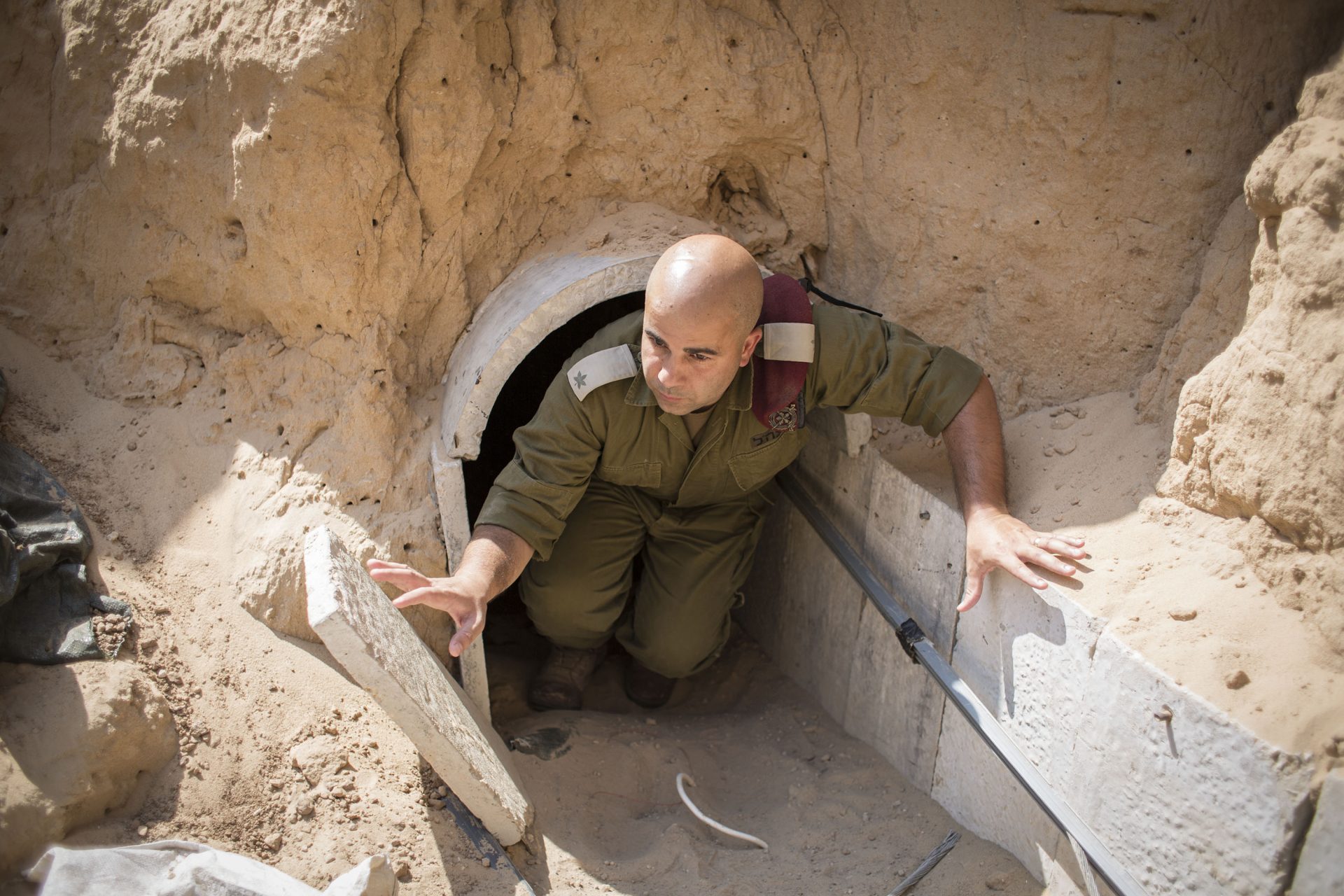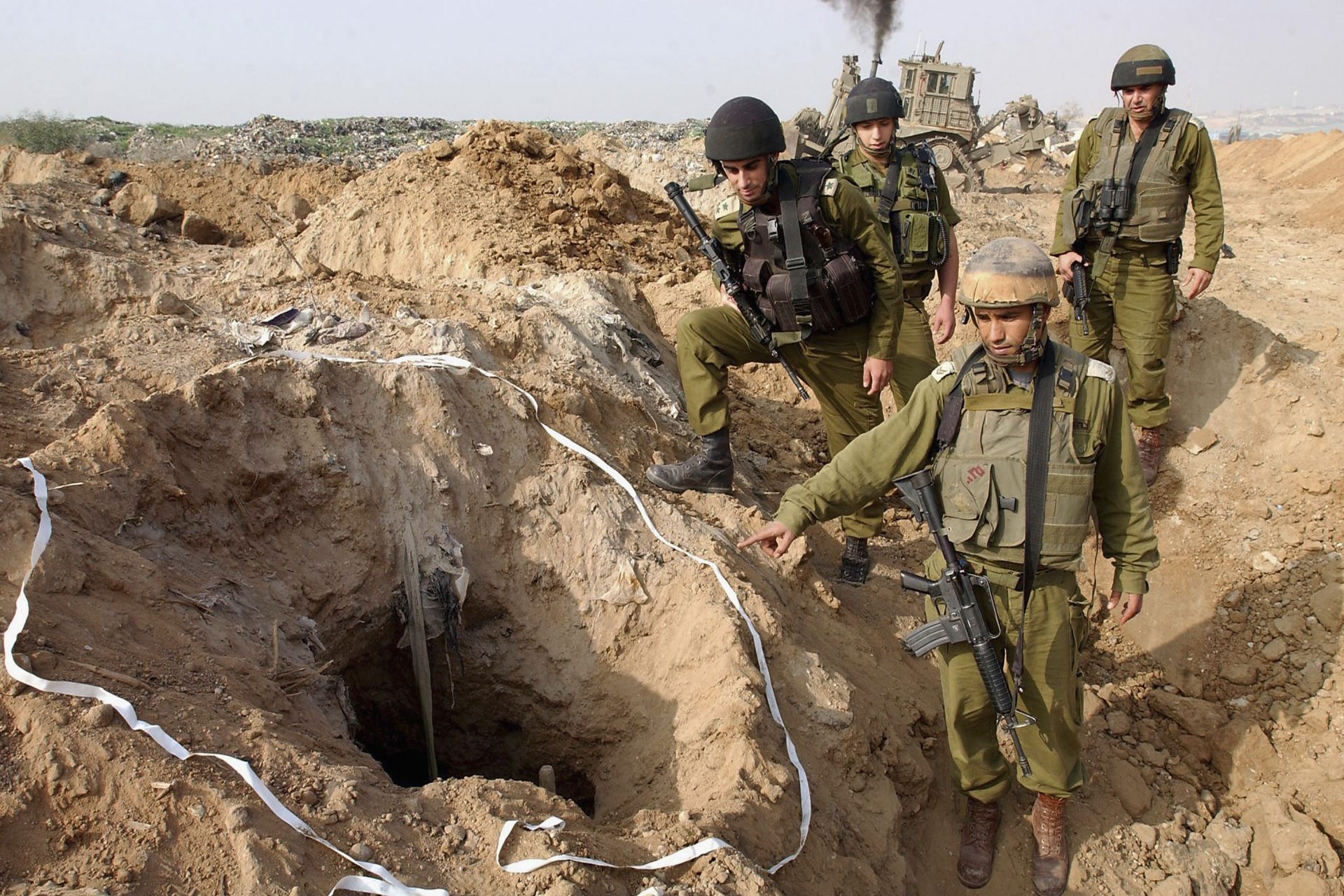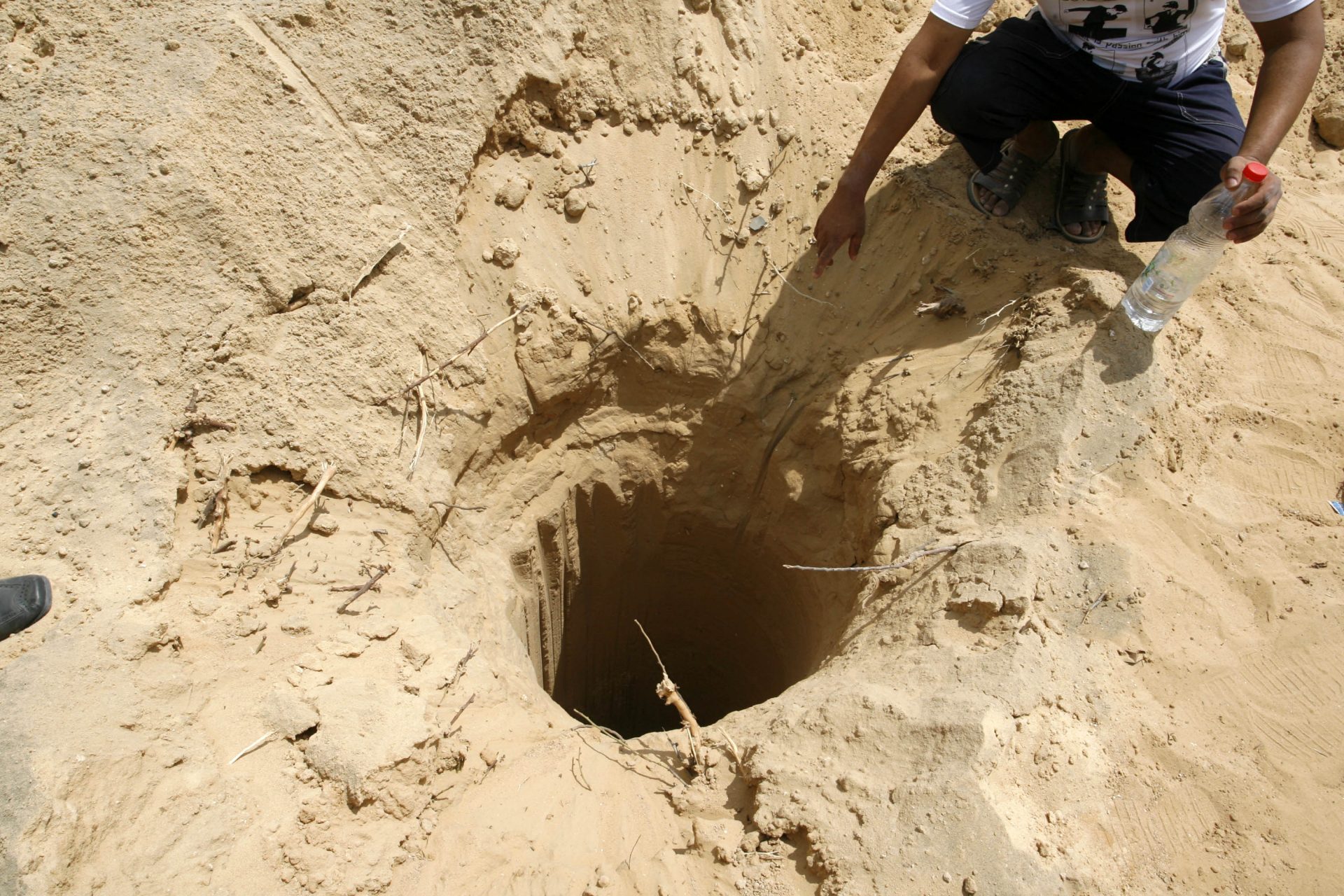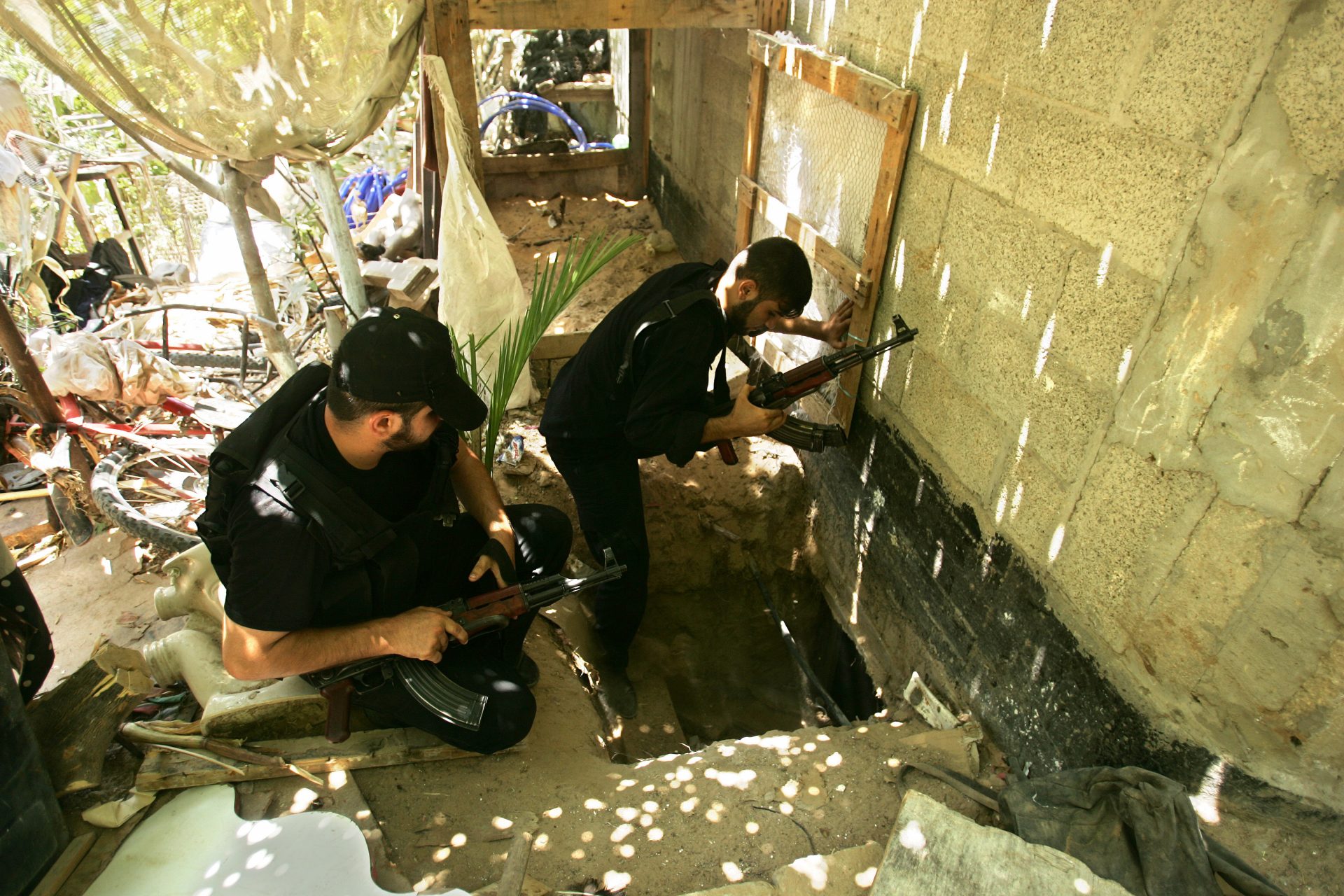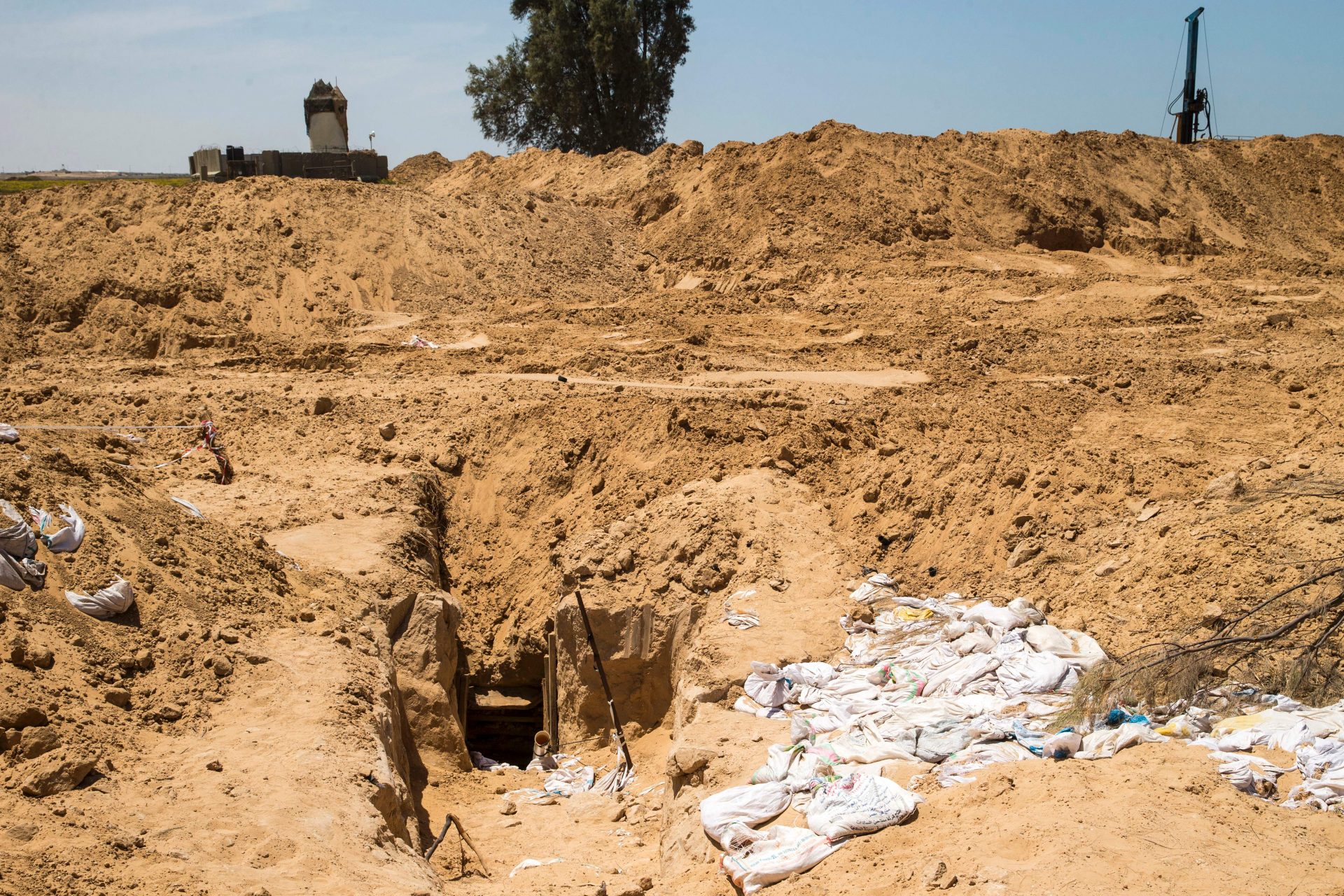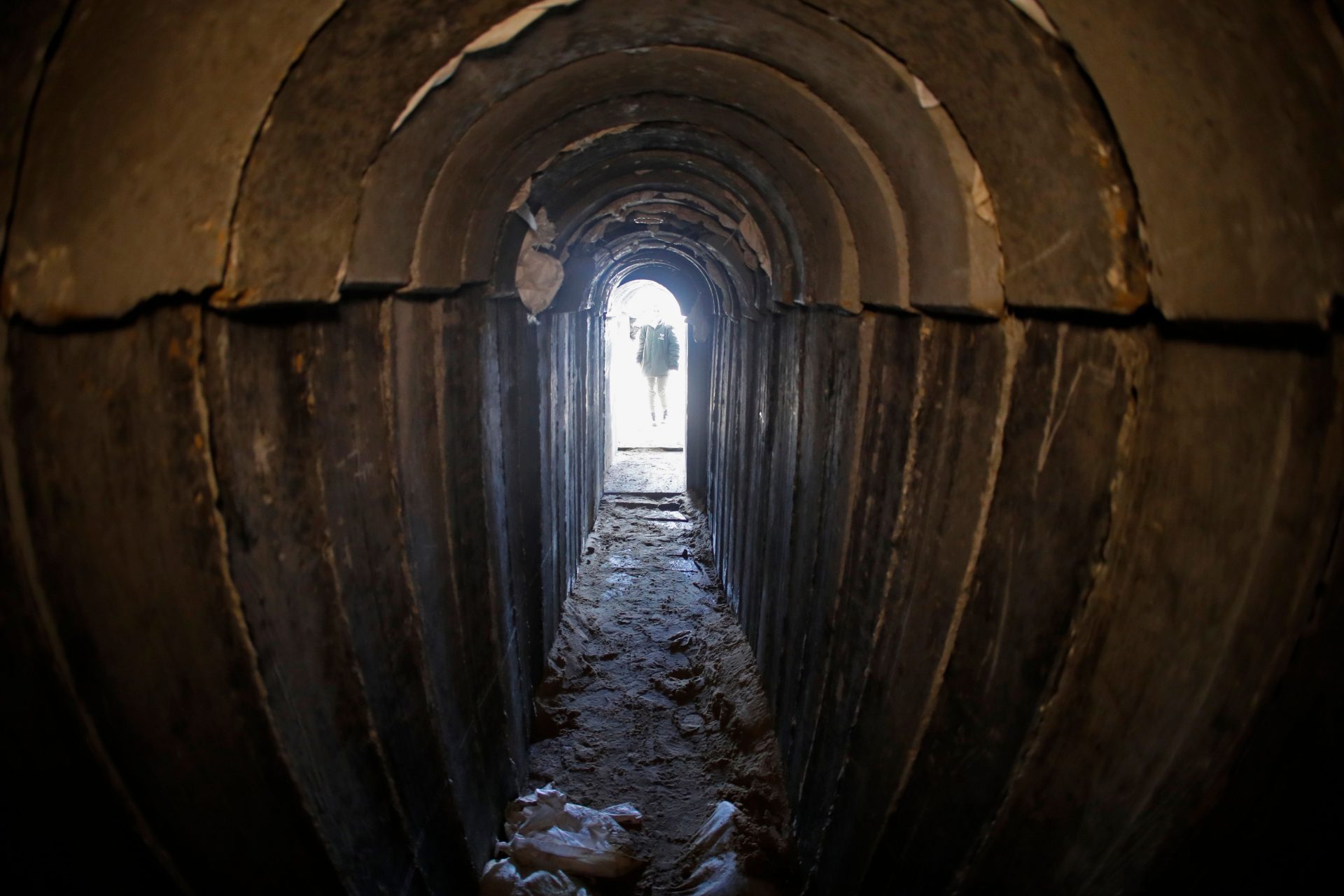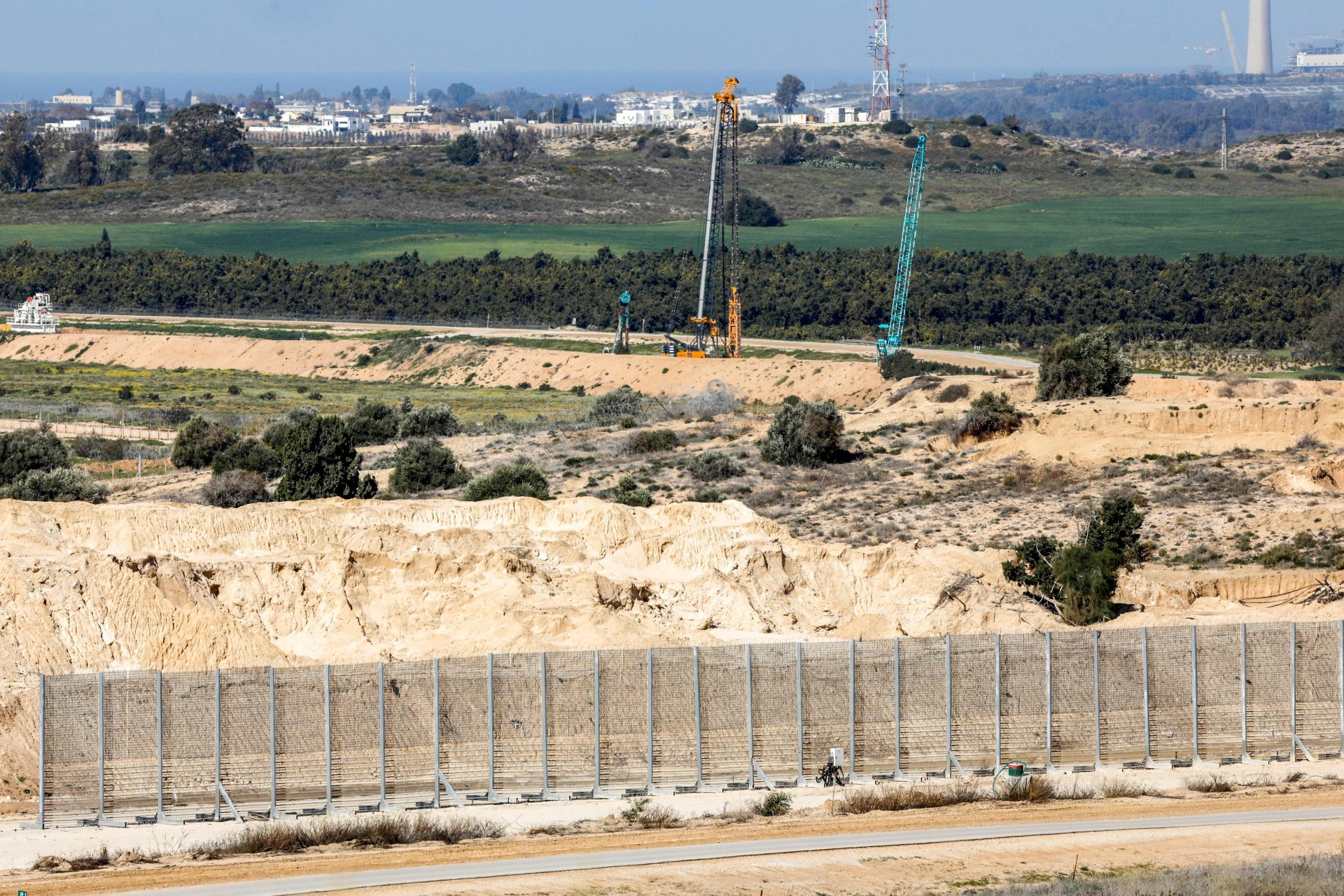Will Israel ever be able to eliminate Hamas' secret underground tunnels?
Ever since Hamas attacked Israel on October 7th, we have been hearing and reading about the many factors involved in this war. Perhaps one of the most elusive aspects is the "Gaza Metro", the nickname for the massive tangle of underground tunnels that lie beneath the Gaza Strip.
According to various news outlets, these tunnels, which some claim are several kilometres under the ground, are used by Hamas not only to transport people and goods but also to hide people, stash ammunition and rockets.
Some even claim that the Gaza Metro houses the Hamas command and control centres. So, it is not surprising that the Israeli Defence Force has made destroying these tunnels one of their objectives in this new war against Hamas.
According to a video shared by the BBC, an Israel Defence Forces (IDF) spokesperson said, "Think of the Gaza Strip as one layer for civilians and then another layer for Hamas. We are trying to get to that second layer that Hamas has built."
Pictured: Palestinians civilians walk inside a tunnel used for military exercises during a weapon exhibition at a Hamas-run youth summer camp, in Gaza City, on July 21, 2016.
The IDF spokesperson continued, "These aren't bunkers for Gazan civilians. It's only for Hamas and other terrorists so that they can continue to fire rockets at Israel, to plan operations, to launch terrorists into Israel."
While it is difficult for experts to judge the expansiveness of the tunnels, according to CNN, in 2021, Hamas claimed they had constructed 500 km or 311 miles of tunnels below Gaza.
The news outlet points out that it would be slightly shorter than half of the New York City subway system or as the BBC points out, longer than the London Underground, which is only 400 km long.
Of course, Hamas could have been exaggerating. As the BBC points out, these tunnels all stretch out below a tiny territory that is just 25 miles or 41 km long by 6.2 miles or 10 km wide.
In a statement to the media in 2021, the Israel Defence Forces claimed to have destroyed 100 km of the "Gaza Metro" in air strikes; however, Hamas said only 5% of their tunnels were hit.
According to the BBC, these tunnels first began to be built in 2005, when Israel withdrew their troops and settlers from the Gaza Strip. However, the network of tunnels really began to grow when Hamas took charge of Gaza in 2007.
Reuters reported that at its peak, there were nearly 2,500 tunnels that ran under the Egyptian border in order to smuggle in fuel, weapons, and commercial goods.
By 2010, less smuggling of commercial goods occurred, as Israel allowed for more importation. However, it was still a source for smuggling weapons, and Egypt tried to put an end to it by flooding and destroying tunnels by its border.
The construction of this massive underground labyrinth could not have been easy. Since 2007, Gaza has been under a blockade by Israel, meaning that nothing enters the strip by land, sea or air without Israel's approval.
So obtaining the materials needed to create a series of concrete tunnels which even have wired electricity would have been a massive challenge.
However, Hamas is anything if not motivated, and according to CNN, experts claim that since traditional construction diggers are not present in Gaza, Hamas likely used hard labour and basic tools to create their underground world.
Dr Daphné Richemond-Barak, an expert on underground warfare and a professor at Reichman University in Israel, told the BBC that the tunnels in Gaza are used on a regular basis and are likely comfortable to be in for long periods of time.
Dr Richemond-Barak added, "The leaders are hiding there, they have command-and-control centres, they use them for transport and lines of communication. They are equipped with electricity, lighting and rail tracks. You can move around more and stand."
Interestingly, Dr Richemond-Barak also told the news outlet that she believes Hamas learned how to make these impressive tunnels by observing the tactics of the Syrian rebel fighters in Aleppo and the jihadist militants in the Islamic State group in Mosul.
In the past, Israel has accused Hamas of stealing concrete sent by Israel for humanitarian purposes to build these tunnels, and others have criticized Hamas for not using the money and resources spent on the tunnels to create bomb shelters for Palestinian citizens.
Unsurprisingly, Hamas militants soon extended the "Gaza Metro" to include tunnels that lead into Israel. In fact, according to the BBC, in 2006, Hamas used a tunnel under the Israeli border to kill two Israeli soldiers and kidnap a third, who they held for five years.
However, Dr Daphné Richemond-Barak, an expert on underground warfare, told the BBC that the tunnels leading into Israel are not as well made as those underneath Gaza.
Dr Richemond-Barak explained, "The cross-border tunnels tend to be rudimentary, meaning they have barely any fortification. They are dug for a one-time purpose - invading Israeli territory."
The recent attacks in the south of Israel have made the Hamas tunnels an Israeli military objective once again, but as we mentioned earlier this is certainly not the first time that the IDF has attempted to destroy them, which is anything but an easy task.
According to the Associated Press, in 2013, several residents in an Israeli kibbutz near the Gaza Strip heard strange sounds. When the IDF came to investigate, they found a 1.6km (nearly a mile) long and 18 meter (59 feet) deep tunnel that went from Gaza to the land right next to the kibbutz in Israel.
This led to an important air and ground offensive on Gaza by the IDF in an attempt to destroy what the Israeli government called "terror tunnels" at the time.
There are questions about whether or not Hamas used cross-border tunnels to attack Israel on October 7th, which took the lives of at least 1,300 Israelis. According to the BBC, there are reports that a tunnel exit was found near Kfar Aza, a kibbutz where dozens of Israeli civilians were murdered.
It is hard to say if this is true or not; after all, in late 2021, Israel installed an underground concrete barrier with advanced anti-tunnel detection sensors.
However, as the Israeli expert on the subject, Dr Richemond-Barak told the BBC, tunnel detection systems are not fool-proof, adding, "This is why tunnels have been used for time immemorial in war, because is there no way to prevent them."
More for you
Top Stories



